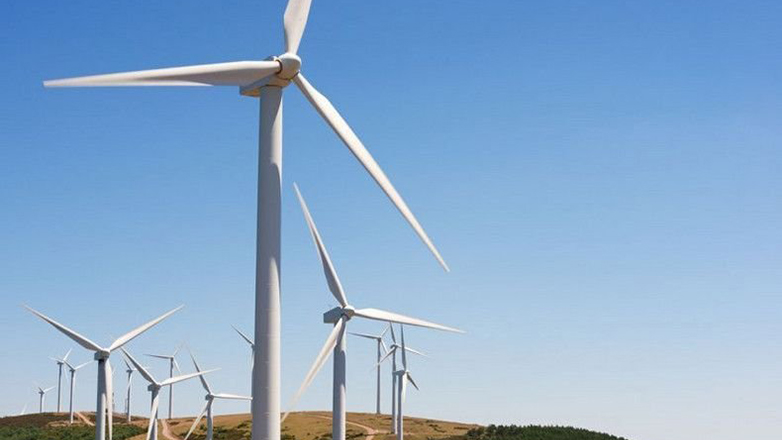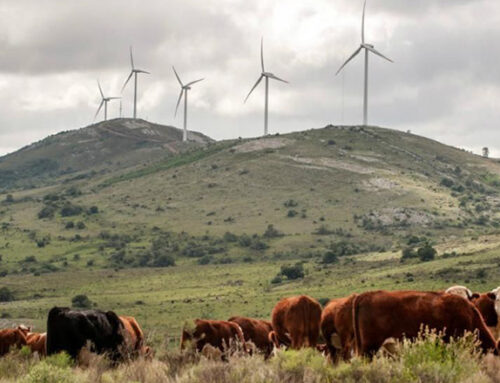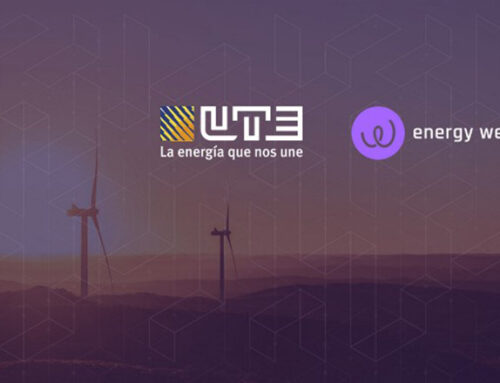Uruguay wants to follow “the decarbonization route” by betting on green hydrogen with an eye on transport and industry, as part of a pilot plan to attract investment.
Green hydrogen, a technology that is still under development, is “an important bet” for a country like Uruguay, which has “abundant” renewable energy and seeks to be a pioneer in this area.
In this framework, the Ministry of Industry, Energy, and Mining is holding, starting this Thursday, a virtual “data room,” in which companies can begin to devise “some pilot projects” in the country so that, by the end of 2021, initiatives related to green hydrogen can begin to be developed.
“In the ‘data room’ we want to specify further the contents of the pilots, the restrictions that may exist in the market to be able to ask for something viable; that is why the exchange with companies is a process before a competitive call,” details the head of the portfolio.
Specifically, Paganini explains that green hydrogen is “a way to store renewable and transportable energy” and can have several applications such as that made through electrolysis -a process to decompose water. It can be combined with nitrogen, it can be used to produce green fertilizers or even help natural gas pipelines rely less on methane.
“The first thing to do is to develop pilot projects to test it, to learn, to generate successful use cases, and from there to be able to expand the scale. That is the objective,” he emphasizes.
Although there are still no concrete cases of interested companies, the idea is that the first pilots do not require large investments and aim to generate fleets of hydrogen trucks to transport agricultural raw materials or some enterprise related to the generation of marine fuel.
“Another thing is that we want to transform Uruguay into a green hydrogen exporting country, which is the next phase of our route. The investments are much bigger because they require port capacities, logistics, a lot of scale of renewable electricity generation,” he says.
Although he is aware that, to reach that stage, several million dollars will be required, the approach of private companies and a long-term State policy as the one that already existed in the country to change the energy matrix in less than 15 years completely, Paganini is confident that it will be possible to get there.
Currently, Uruguay has little energy surplus that allows it to make small exports to its neighbors but not to achieve something on a large scale, as intended.
Specifically, Paganini highlights that in several places like Europe or Japan, they are aiming at green hydrogen to stop depending on fossil fuels and, therefore, they are interesting markets.
“We imagine that in these five years we will acquire enough know-how showing these pilots that we have the capacity and being visible globally as pioneers in the use of hydrogen to, in the next seven or eight years, be able to develop the export business,” he says.
One of the most recognized cases in the world is Chile, which in November 2020 launched a “National Strategy for Green Hydrogen”. In this regard, Paganini points out that he has already held meetings with his Chilean counterpart and, although it is an example, Uruguay is looking for a roadmap of its own.
With the “data room” of this Thursday, the idea is to generate consortiums for when the call is opened -which is estimated to be in the middle of the year- and thus, between September and October, the contracts will be signed to start the pilot projects in 2022.
Although the focus at the moment is on hydrogen, the minister stresses that the objective of sustainable mobility “goes beyond.” Because of that, it seeks to continue facilitating access to renewable electric energy.
“Uruguay has interesting things to show, such as the development of the technology and information industry. The future is digital and green, and we want to be present in both,” he concludes.
Source: EFE





